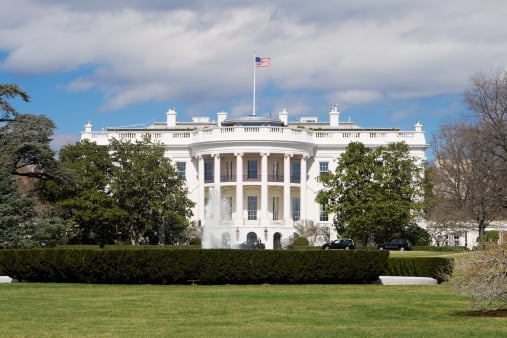Health and Healthcare
Young People Enroll as Obamacare Enrollment Reaches Eight Million
Published:
Last Updated:
Obamacare sign ups reached eight million, although the Obama administration put the figure higher because of 4.8 million sign ups for Medicaid and CHIP. Source: thinkstock
Source: thinkstock
The U.S. Department of Health and Human Services also disclosed that 28% of the additions where people in the 18 to 34 age group, a demographic the White House prizes.
The announcement:
Enrollment in the Health Insurance Marketplace surged to eight million at the end of the first enrollment period, HHS Secretary Kathleen Sebelius announced today. The final enrollment reporting period spans from October 1, 2013, to March 31, 2014, and includes “in line” and other enrollment activity (such as people enrolling due to a change in life circumstance) reported through Saturday, April 19, 2014.
Importantly, 2.2 million (28 percent) of those who selected a Marketplace plan were young adults ages 18 to 34 — a number that grows to 2.7 million when counting ages 0 to 34, the report found. The report also shows, for the first time, the race and ethnicity of the 69 percent of enrollees in the Federally-facilitated Marketplaces who voluntarily reported this information.
HHS also announced today that more than 4.8 million additional individuals enrolled in Medicaid and CHIP through the end of March 2014, compared to enrollment before the Marketplace opened last October.
“More than eight million Americans signed up through the Marketplace, exceeding expectations and demonstrating brisk demand for quality, affordable coverage,” said HHS Secretary Kathleen Sebelius. “In addition, over 4.8 million more people have been covered by states through Medicaid and CHIP programs, around 3 million more Americans under 26 are covered under their parents’ plans, and recent estimates show that an additional 5 million people have purchased coverage outside of the Marketplace in Affordable Care Act-compliant plans. Together we are ensuring that health coverage is more accessible than ever before, which is important for families, for businesses and for the nation’s health and wellbeing.”
Today’s report also details state-by-state information where available. In more than a dozen states, enrollment has doubled since March 1. For example, Texas (149 percent growth), Georgia (127 percent growth), and Florida (123 percent growth) had some of the largest surges in enrollment in the country over the final weeks of the initial open enrollment period.
Key findings from today’s report include:
- 8,019,763 people selected Marketplace plans from October 1, 2013, through March 31, 2014, (including additional Special Enrollment Period activity through April 19th). Nearly 2.6 million signed up in the State Based Marketplaces and over 5.4 million in the Federally-facilitated Marketplace. About 3.8 million people, including nearly 1.2 million young adults (ages 18 – 34), enrolled in the Health Insurance Marketplace plans in the sixth and final reporting period, which began March 2 and concluded on April 19. Those 3.8 million individuals represent nearly 90 percent growth over February’s cumulative enrollment.
- Of the more than 8 million:
- 54 percent are female and 46 percent are male;
- 34 percent are under age 35;
- 28 percent are between the ages of 18 and 34;
- 65 percent selected a Silver plan, while 20 percent selected a Bronze plan; and,
- 85 percent selected a plan with financial assistance.
Today’s report measures enrollment as those who selected a plan.
The federal Marketplace also reported, for the first time this month, the race/ethnicity of its enrollees. The application for coverage through the Federally-facilitated Marketplaces (FFM) contains questions on race and on ethnicity, both marked as optional. Thirty-one percent of enrollees did not report their race or ethnicity or chose “other.” However, of those enrollees who reported race and ethnicity:
- 62.9 percent of those reporting are white;
- 16.7 percent are African American;
- 10.7 percent are Latino;
- 7.9 percent are Asian;
- 1.3 percent are multiracial;
- 0.3 percent are American Indian/Alaska Native; and,
- 0.1 percent are Native Hawaiian/Pacific Islander
A financial advisor can help you understand the advantages and disadvantages of investment properties. Finding a qualified financial advisor doesn’t have to be hard. SmartAsset’s free tool matches you with up to three financial advisors who serve your area, and you can interview your advisor matches at no cost to decide which one is right for you. If you’re ready to find an advisor who can help you achieve your financial goals, get started now.
Investing in real estate can diversify your portfolio. But expanding your horizons may add additional costs. If you’re an investor looking to minimize expenses, consider checking out online brokerages. They often offer low investment fees, helping you maximize your profit.
Thank you for reading! Have some feedback for us?
Contact the 24/7 Wall St. editorial team.